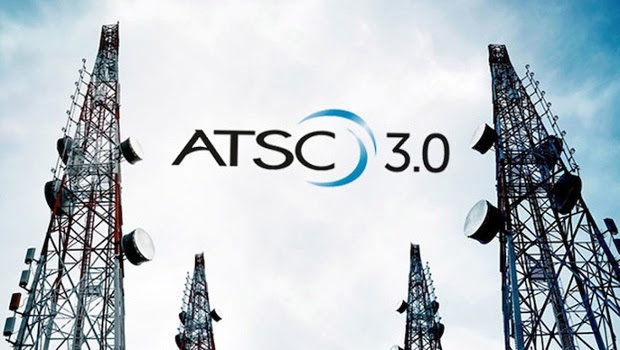
There are lots of attractive aspects to the ATSC 3.0 standard, which opens up many new, previously unavailable opportunities to television broadcasters.
The laundry list is long. It includes things like highly robust OTA delivery, support for 4K, HDR and more, zoned and/or personalized news and entertainment and even interactive TV experiences and targeted advertising delivery—to name only a few.
But the very most important aspect of the standard may be its most fundamental: the ATSC 3.0 bootstrap. Why? Because it will keep broadcasters in the game giving them access to an updated standard–even one leveraging a codec that’s more efficient than HEVC—and do so without stranding NextGen TV sets and viewers.
As TVTech contributor Doug Lung put it in a December 2015 article: “A key requirement for ATSC 3.0 is the ability to change the transmission format while continuing to support legacy receivers. This is accomplished through a framing structure that includes a ‘System Discovery and Signaling’ signal, referred to as the ‘bootstrap’ signal before each frame. This signal has a fixed physical configuration, but carries data identifying the version of the frame following it. This could be ATSC 3.0, a future ATSC 3.1 or some other variation; even one using a different waveform.”
I’ve been thinking a lot about this lately. It seems each day, some press release or story crosses my desk touting AV1, JPEG XS or some other video codec that promises the sun and the moon. I don’t know whether these or any others will one day offer sufficient enough reason to replace HEVC (and/or SHVC), but it is nice to know there is a mechanism for broadcasters to keep pace with others in the content delivery business.
One thing is certain, much of the success of TV going forward—whether that’s television or datacasting—will be tied to how efficiently broadcasters can use their bits. Thanks to the bootstrap, they will never again have to wait 30 years to get back into the game.
The professional video industry's #1 source for news, trends and product and tech information. Sign up below.
Phil Kurz is a contributing editor to TV Tech. He has written about TV and video technology for more than 30 years and served as editor of three leading industry magazines. He earned a Bachelor of Journalism and a Master’s Degree in Journalism from the University of Missouri-Columbia School of Journalism.

